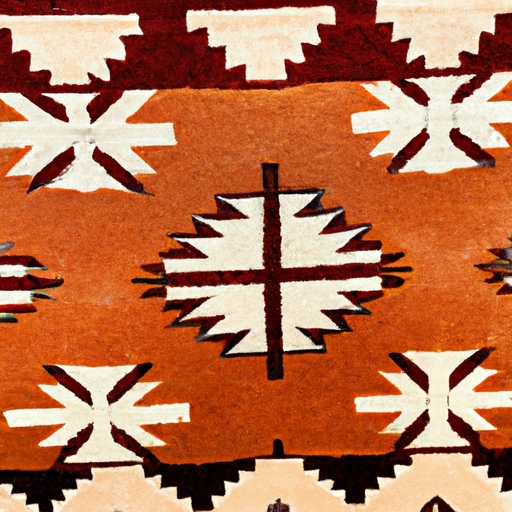
Native American rug weaving
History and significance of Native American designs in furniture
Rug weaving holds a deep historical significance in Native American culture. (It isn't) just a craft, but a sacred tradition passed down through generations. The intricate designs and patterns woven into these rugs tell stories of the past and reflect the spiritual beliefs of the tribe.
(You can't) help but be in awe of the skill and patience required to create these beautiful works of art. Each rug is unique, representing the individuality and creativity of the weaver. (They've) been used for centuries as practical items, providing warmth and comfort to families, but also as ceremonial pieces used in rituals and ceremonies.
(We don't often) think about the cultural importance behind everyday objects like rugs, but in Native American communities, they are revered as symbols of heritage and identity. (They're not just) decorations; they are living pieces of history that connect the present to the past.
So next time (you see) a Native American rug, take a moment to appreciate the craftsmanship and tradition behind it. (It's really quite) remarkable how something as simple as a rug can hold so much meaning and significance in a culture.